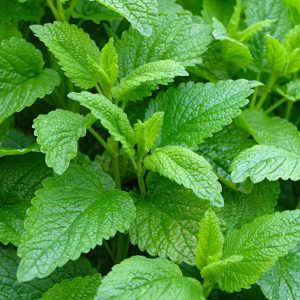Description
There’s lots to love about Turmeric, from the spice’s saffron-yellow color to its flavor-enhancing properties and potential health benefits. Like Ginger, Turmeric is a rhizome plant native to southeast Asia. Turmeric’s root-like underground stems have a pungent orange flesh that can be used fresh but is most often found as a deep gold powder that’s used as a spice. In India, Turmeric has been used as a culinary seasoning for over 4,000 years and also holds an important place in both Hindu and ayurvedic traditions. When Turmeric arrived in Europe during the Middle Ages, it was given the nickname “Indian Saffron,” both because of its color and its use as an alternative to the much more expensive spice. In the 19th century, Turmeric crossed the Atlantic with indentured Indian workers, and it became an integral ingredient in Caribbean curries and stews. Fresh or dried, Turmeric has an earthy, pleasantly bitter taste that magnifies the flavors of other spices. Its peppery, citrusy notes also make it a delicious spice for seasoning dishes all on its own, although it’s wise to always add a sprinkling of black pepper, which provides a spicy kick that counterbalances Turmeric’s astringent side.
This age-old herb contains many healthy ingredients, including dietary fiber, calcium, iron, magnesium, phosphorus, potassium, zinc, copper, manganese, selenium, carotenes, thiamine, riboflavin, folate, niacin, vitamins B6, C, E, and K, and amino acids.




Reviews
There are no reviews yet.